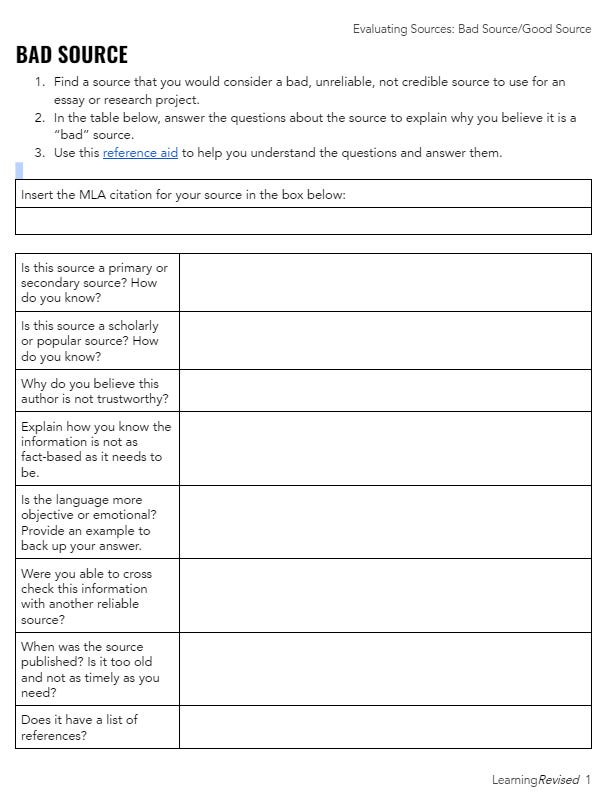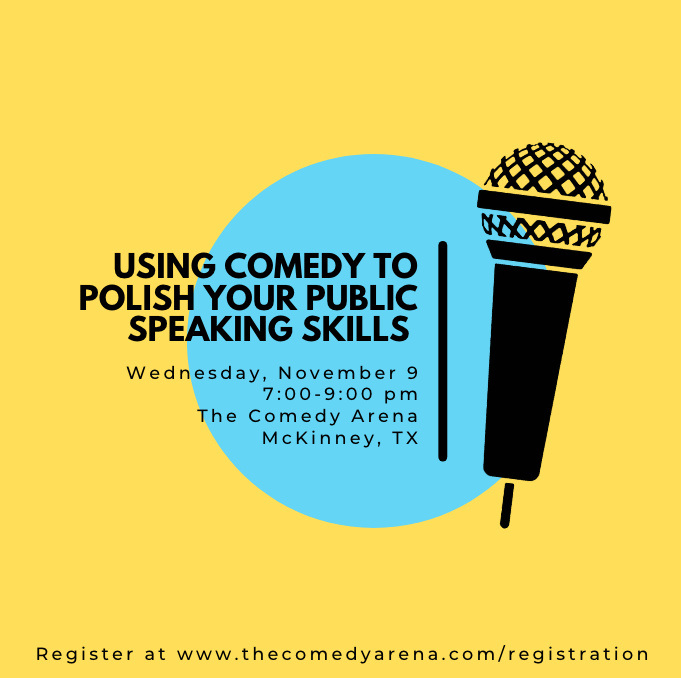We live at a time when being able to evaluate a source and determine if the information is credible is a really, really important skill. Never have students had so much access to so many bad pieces of information as they do right now—so I see this as a chance to help students do good research for essays and projects, and also help students be good humans and citizens as they read things with a discerning eye.
Full disclosure, the lesson that I’m presenting to you today is a strong example of the “Work Smarter, Not Harder” and “No Need to Reinvent the Wheel” philosophies. Shout-out to Liz from Frisco for this research request!
I’ve learned a lot of great teaching tricks through my time learning and practicing improv comedy. One takeaway is this: It can be really fun to do things really poorly. Hear me out on this.
When I was learning the rules of improv, my class and I got to a point where the teacher told us to do the “worst improv show.” This meant that she wanted us to take the rules we knew and break them like crazy. It was bad, and it was a lot of fun to try to be intentionally bad. I’ve had a lot of success utilizing this strategy with my own students, so I decided to create an assignment that has students find a “BAD” source and explain why it’s bad. They’ll have to prove they know what makes a good one to defend their not-so-great source.
Here are the three resources I’ve got for you today:
Choosing Solid Sources Reference Aid
All of this information was taken from the Purdue Online Writing Lab; I just tried to package it in a way that would be more user friendly for students. You can print out copies for your students, or post it on your LMS for them to access. I’ve also provided a link to it on the “Bad Source/Good Source Assignment,” below.
GoogleSlides on Evaluating Sources
I pulled the video and questions for this lesson from TED-Ed. It’s more about news sources than just sources in general, but I think it’ll prompt a great conversation about bias and lead you into discussing sources.
Bad Source/Good Source GoogleDoc assignment
This source provides students with a graphic organizer in which they analyze one “bad” source and one “good” source of their choosing. You could extend this by having students present and defend their sources, especially the bad ones.
Speaking of improv, my public speaking workshop is coming up November 9!
This workshop is for anyone who is looking to improve their public speaking skills and requires no prior comedy skills or knowledge. As a special bonus for all teachers who attend, I’ll be sharing a guide on how to use all the exercises with students in 6th-12th grade. And I’ll also give you a certificate of completion for two hours of professional development. I guarantee you’ll enjoy a couple of laughs through the process, too.
Click here if you’d like to sign up!







